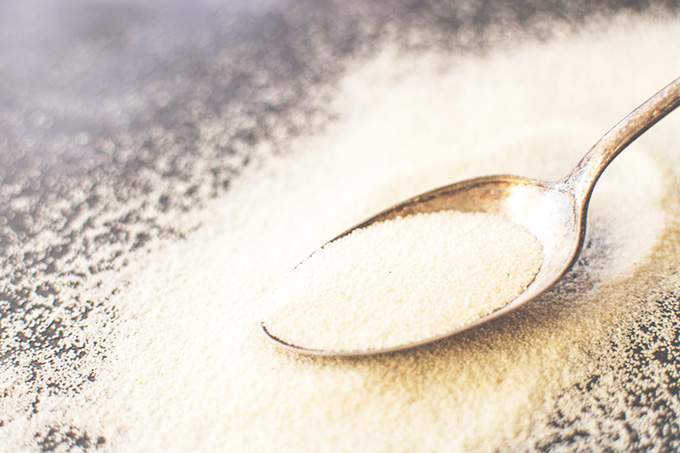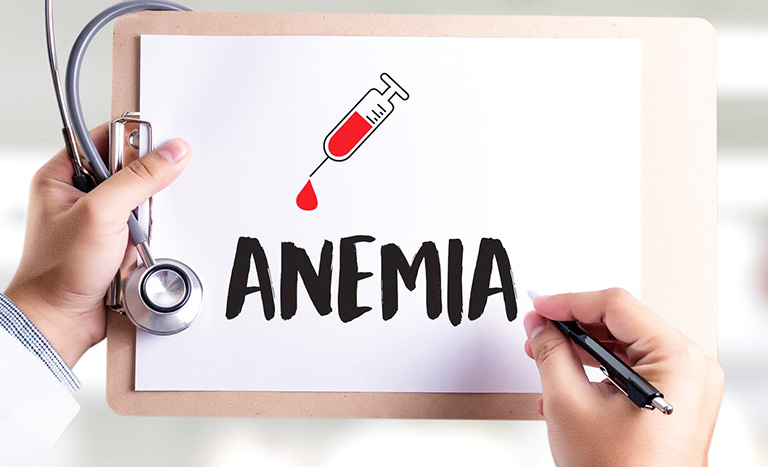Doctors say that anemia is one of the most common forms of blood condition on the planet. Also, there are over 400 different types of it although they can be categorized into three main ones. Some forms of anemia are present since birth while others show up as a result of unhealthy diet and certain medical conditions. Women who are in their child-bearing years are especially prone to getting a particular type of anemia.
This article will get you introduced with the basics of anemia, such as its different types, signs and symptoms, and treatment. So keep on reading if you like to get to know this blood condition more.
Don’t forget to share this article on your various social media sites afterwards to get everyone you care about introduced to some of the most important things they need to know about anemia.
Different Types
Just like what was stated earlier, anemia comes in more than 400 forms, each one of them is due to a different reason. However, medical authorities group all types of anemia into three different ones, and they are the following:
Due to blood loss
Some of the most common types of anemia, such as iron-deficiency anemia, are caused by loss of blood. Women are highly prone to getting such because of their period which causes them to lose some blood. Having gastrointestinal conditions such as ulcers and gastritis as well as the intake of certain drugs (like non-steroidal anti-inflammatory drugs or NSAIDs) that can exacerbate them can cause this type of anemia, too.
Due to faulty or decreased RBC production
RBC stands for red blood cells, and they are the ones that carry oxygen. This type of anemia usually stems from the body’s failure to produce healthy RBCs or enough of those oxygen-carrying components. In some instances, it is brought about by lack of nutrients necessary for the proper production or functioning of the RBCs. Vitamin deficiency, iron deficiency and sickle cell are some examples of anemia types in this category.
Due to RBC destruction
RBCs do not live forever. However, they are not supposed to die prematurely. When they do, anemia strikes. One example of such is what’s called hemolytic anemia. At times it’s brought about by inherited blood conditions, other times it’s caused by advanced kidney or liver disease. Experts say that it may also be due to exposure to certain substances such as toxins, venoms, drugs and even foods.
Signs and Symptoms
Because there are so many different kinds of anemia, the signs and symptoms tend to vary a lot. However, many of them do share some common signs and symptoms. Some of them include:
Fatigue or loss of energy due to muscles not getting enough oxygen
Leg cramps
Rapid heart rate and shortness of breath during physical activities
Pale skin as a result of insufficient RBCs
Dizziness and difficulty concentrating due to lack of oxygen in the brain
Inability to get a good night’s sleep
According to doctors, some signs and symptoms can be associated with specific forms of anemia. For instance, joint pain is commonly experienced by those with sickle cell anemia.
Treatment
Just like the signs and symptoms, treatment for anemia tends to vary. It is very important for the underlying cause to be identified first before a treatment is provided. That’s because one effective treatment for a type of anemia can prove to be inappropriate and even dangerous for another type of the said blood condition.
In order to determine which type of anemia the person is suffering from, a doctor will ask about family history, perform physical assessment and also order some blood exams.








